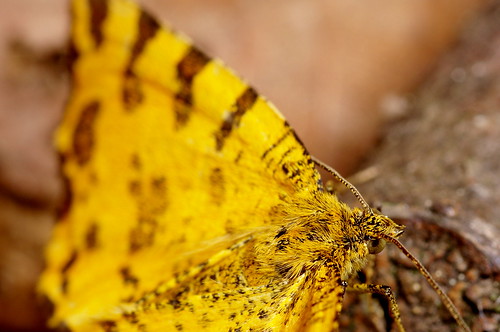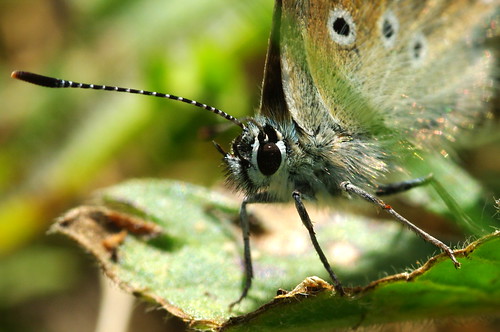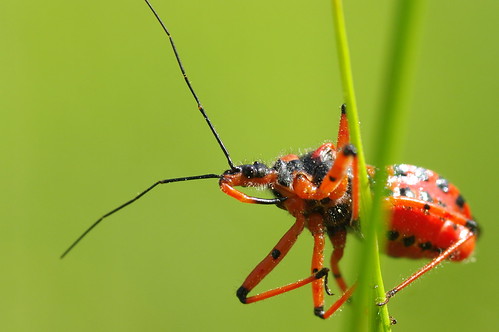Hi all,
After asking for advice here on a macro lens for insect-work, I'm a very glad owner of the Sigma 105mm macro.
I would like to share a few findings, but mostly I hope to get some advice.
Out in the field, I've tried various combinations with either or neither my (manual) ring-flash and tripod.
Firstly, I've found using the tripod is quite frustrating for various reasons (its weight, it doesn't go lower than 2 feet, the time needed to set it up and the fact that the critters don't stay long in one place...) so I mostly shoot my macros handheld (with and without flash).
Second, I've found that handholding at speeds less than 1/125 yields mostly unsharp pictures, which kind of makes sense (for a 105mm lens) but surprises me considering my camera has in-camera Image Stabilization. I've read IS is less effective for macro because of forward/backward movement, but was hoping to shoot at least at 1/60. Do you think IS is giving me any advantage, or should I turn it off ? (as with tripod)
Lastly, I've found that using the ring-flash mounted on the lens gives flat pictures (like on-camera flash, which I guess it is). My ringflash uses a PC cord, so I use it off-camera holding it close and to the side of the bugs, and control the amount of light by varying aperture or distance of flash. (Somehow, I feel I'm missing the point of the ringflash). What sort of flash setup do you use ? Would I really benefit from a dedicated flash with TTL metering and cordless sync like fgz360 ?
thanks for comments/advice
Jean-Christophe
ps : I realize too late (and apologize) that I should not have posted this on "Lens Discussion" but on "General Pentax Photography" instead.
Last edited by JeanChris; 05-27-2009 at 03:12 PM.
Reason: (wrong thread)


 Similar Threads
Similar Threads 


























